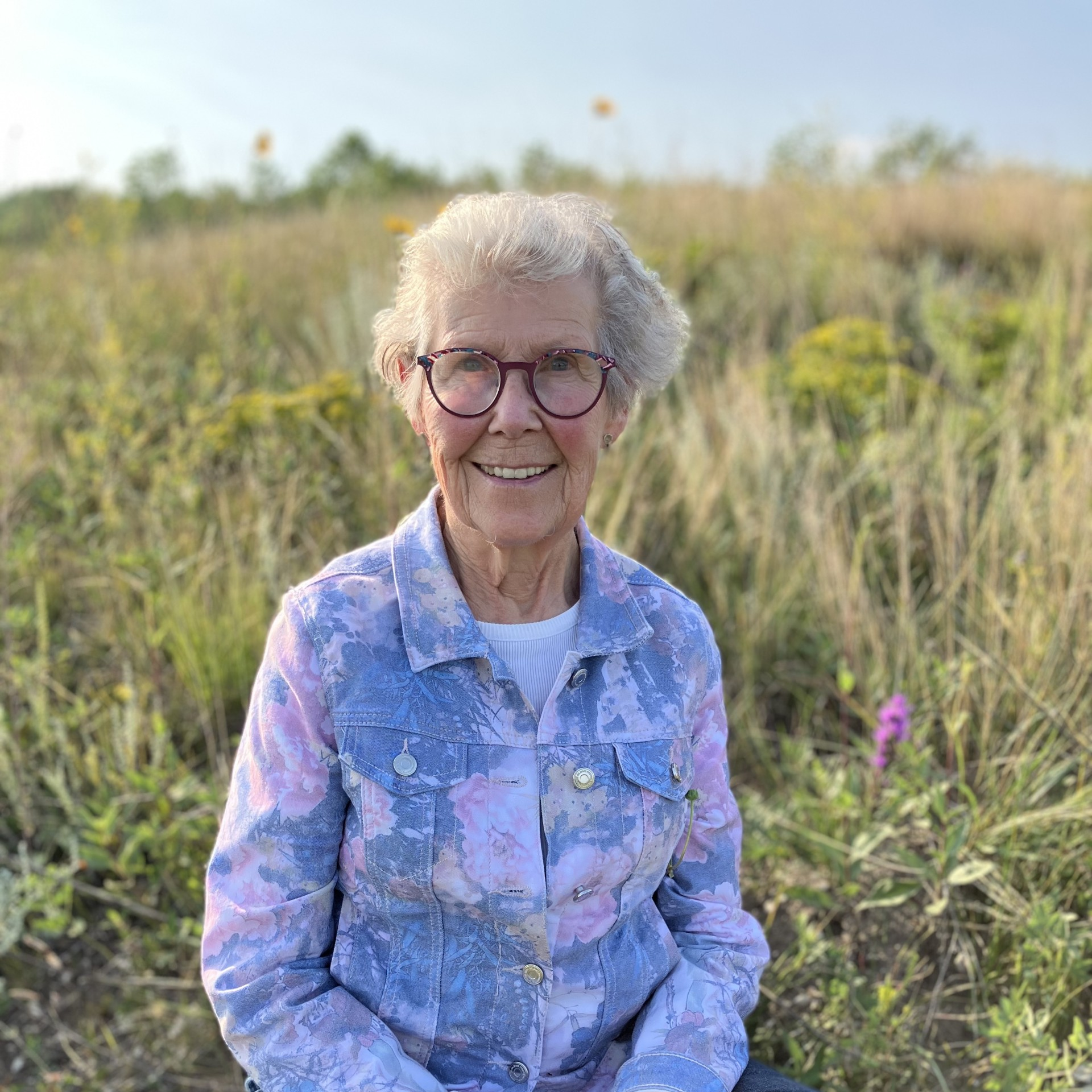
Climate Action Fund
We’ll help community organizations replace gas-fueled systems with cleaner, quieter electric ones. Think heat pumps, lawnmowers, Zambonis and more, to cut costs and pollution in Regina and area.
We’ll help community organizations replace gas-fueled systems with cleaner, quieter electric ones. Think heat pumps, lawnmowers, Zambonis and more, to cut costs and pollution in Regina and area.
Climate change is such a huge issue that it can seem insurmountable. We decided to limit our work to Regina and area because the city has a sustainability goal to reach net zero emissions for the whole city by 2050. That is going to require doing building retrofits to lessen the heating/cooling needs, electrifying almost everything, installing solar panels and perhaps wind turbines (outside the city) and energy storage facilities. The city has made a start with an electric pick-up truck and a fleet of electric buses. Also, the new swimming pool complex is designed to use ground-source geothermal for its energy.
How can citizens help? The Climate Action Fund is going to start by helping community groups make the switch from gasoline-fuelled outdoor machines like lawn mowers, snow blowers, etc. to electric models. This is important because these small engines produce many times more emissions per hour than a modern car. Also, they are quieter. Zambonis, those machines that resurface ice in arenas, would be another target. They use natural gas or propane and the fumes they produce stay near the ice, causing a health hazard, especially for young people. (Some Regina rinks do have electric Zambonis.)
Why do I, Nora Stewart, care about climate action?
I grew up in Toronto, but I developed a passion for nature by spending every summer at my grandparents’ isolated summer home north of Kingston, Ontario. We lived off the land and I learned about the birds, butterflies, wildflowers etc. that my elders cherished. I took a degree in Biology at the University of Toronto and a Master of Science at Queen’s University in Kingston.
I met my husband Don there, but he was a prairie lad and eventually he became an engineering professor at the University of Regina. He really loved to build things and after helping to establish Saskairie (the outdoor education center in the Moose Mountain foothills), we bought land nearby and built a home. Although this was in the early 1980s, Don knew about climate change and wanted to make the house energy efficient while using recycled materials as much as possible (using a huge old barn for lumber and getting other materials at farm auctions). The house was built into a hillside and had solar heating, a huge cistern to collect water off the metal roof, some wind power and later a ground-source heat pump.
30+ years ago I helped to grow about 2000 seedlings for a new native plant garden at the Royal Saskatchewan Museum. At the farm, I grew acres of prairie grasses and wildflowers as a seed business for about twelve years and when I couldn’t continue, I wrote a book about how to grow these plants. What I didn’t appreciate back then was the important role these plants (almost all perennials) play in capturing carbon in their roots – like millions of little trees!